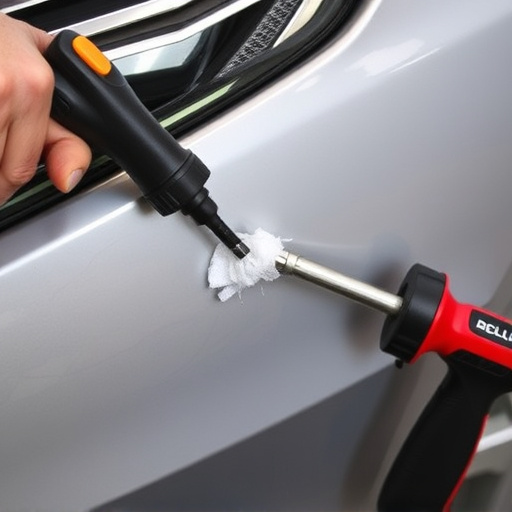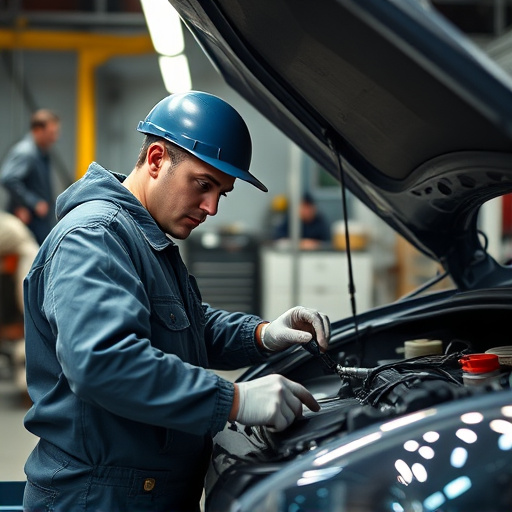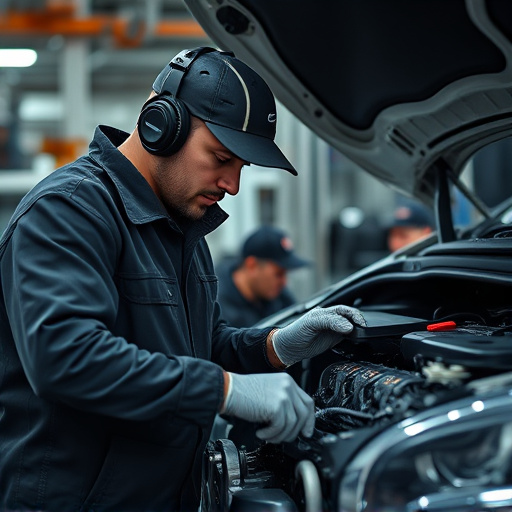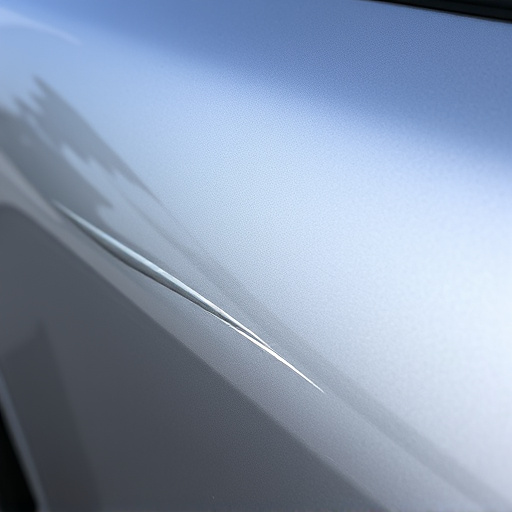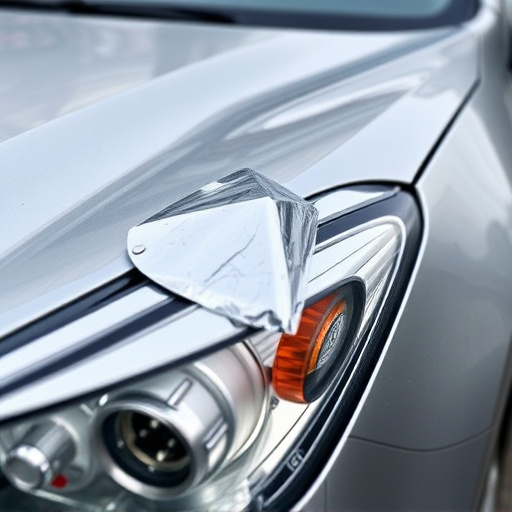Tesla's advanced cooling system, vital for optimal performance under extreme conditions, requires meticulous care after collision damage. Skilled technicians inspect for leaks, blockages, and structural failures, prioritizing restoration of cooling system integrity to prevent severe performance issues and ensure the longevity of Tesla vehicles. This process involves replacing damaged components, precise auto frame repair, and seamless auto painting, culminating in rigorous testing for peak efficiency and vehicle safety.
Tesla vehicles are renowned for their cutting-edge technology, including an advanced cooling system designed to maintain optimal performance. However, collisions or undercarriage damage can compromise the integrity of this intricate network. This article delves into the intricacies of the Tesla cooling system, exploring how such incidents affect its functionality and offering essential restoration procedures to ensure peak cooling efficiency post-damage. Understanding these aspects is crucial for maintaining your Tesla’s performance and safety standards.
- Understanding Tesla's Cooling System: Components and Functionality
- Impact of Collision or Undercarriage Damage on Cooling System Integrity
- Restoration and Maintenance Procedures for Optimal Cooling Performance Post-Damage
Understanding Tesla's Cooling System: Components and Functionality

Tesla’s cooling system is a sophisticated network designed to maintain optimal temperatures within the vehicle, especially during intense driving conditions. This system plays a crucial role in keeping the electric motor and other components efficient and reliable. At its core are several key elements. The primary component is the heat exchanger, which uses a liquid coolant to dissipate heat from the motor and battery. This is connected to a pump that circulates the coolant, ensuring even temperature distribution throughout the vehicle’s underbody. Additionally, Tesla incorporates advanced thermostats and sensors to monitor and regulate temperature levels, allowing for precise control over the cooling process.
Understanding the intricate design of this system is vital for assessing its integrity after a collision or undercarriage damage. A thorough inspection should consider each component’s condition, ensuring no leaks, blockages, or structural failures that could compromise the system’s effectiveness. Given the electric nature of Tesla vehicles, proper cooling system maintenance and repair are essential to prevent severe performance issues and ensure the longevity of these cutting-edge vehicles, ultimately contributing to a seamless collision repair and car paint repair process for vehicle repair services.
Impact of Collision or Undercarriage Damage on Cooling System Integrity
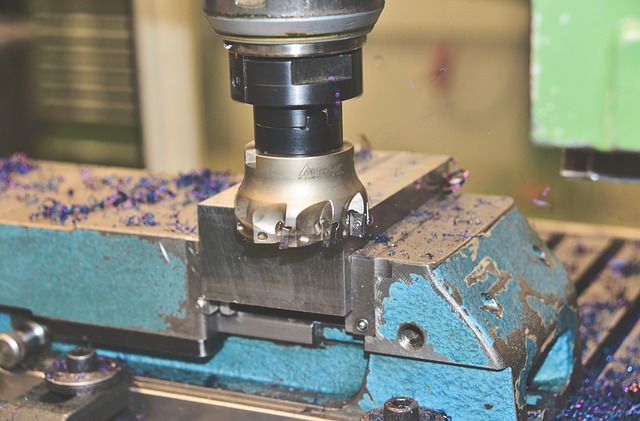
Collision or undercarriage damage can significantly impact the integrity of a Tesla’s cooling system. In the event of an accident, the structural integrity of the vehicle is crucial for maintaining the optimal performance and longevity of its intricate cooling components. Even minor collisions or damage beneath the car, such as impacts to the underbody, can disrupt the careful alignment and connectivity required for efficient heat transfer and air circulation within the cooling system.
When a Tesla sustains collision-related harm, it’s not just the car paint services that need attention; the entire automotive body shop must meticulously assess and repair any damaged areas affecting the vehicle’s core systems. Skilled technicians understand that restoring the cooling system to its pre-collision condition is vital for ensuring the car operates within its designed temperature parameters, preventing overheating, and preserving the overall performance and reliability of the electric drive train components.
Restoration and Maintenance Procedures for Optimal Cooling Performance Post-Damage
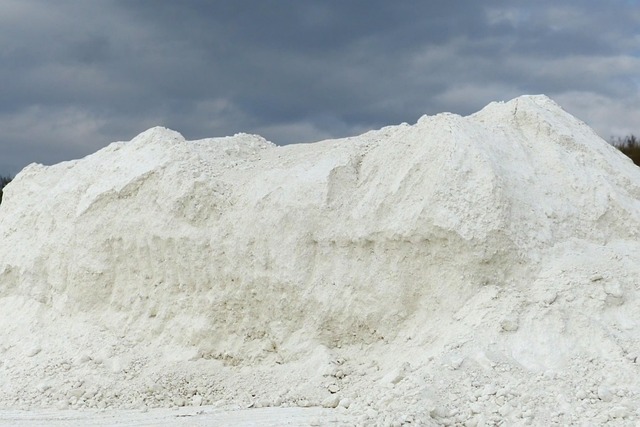
After a collision or undercarriage damage, restoring the Tesla cooling system integrity is paramount to ensure optimal performance and vehicle safety. The first step in this process involves a thorough inspection by qualified technicians who are adept at identifying potential weaknesses or vulnerabilities within the system. This includes examining components such as radiators, condensers, and cooling fans for any signs of damage or misalignment.
Restoration procedures often involve replacing damaged parts with genuine Tesla spares, and conducting meticulous auto frame repair to ensure structural integrity. Following this, an expert auto painting service can be employed to restore the exterior finish, seamlessly integrating repairs into the car’s original design. Once complete, rigorous testing is conducted to verify cooling system efficiency, ensuring it operates at peak performance before leaving the car body shop. This comprehensive approach guarantees not only the restoration of Tesla cooling system integrity but also maintains the vehicle’s overall safety and reliability on the road.
In understanding the intricacies of Tesla’s cooling system and its resilience post-collision or undercarriage damage, it’s clear that proper restoration and maintenance are key. By adhering to recommended procedures, owners can ensure the integrity of their vehicle’s cooling system, maintaining optimal performance and extending the lifespan of their Tesla. This is particularly crucial for safeguarding against potential overheating issues, especially after incidents that may compromise the system’s structural integrity.



